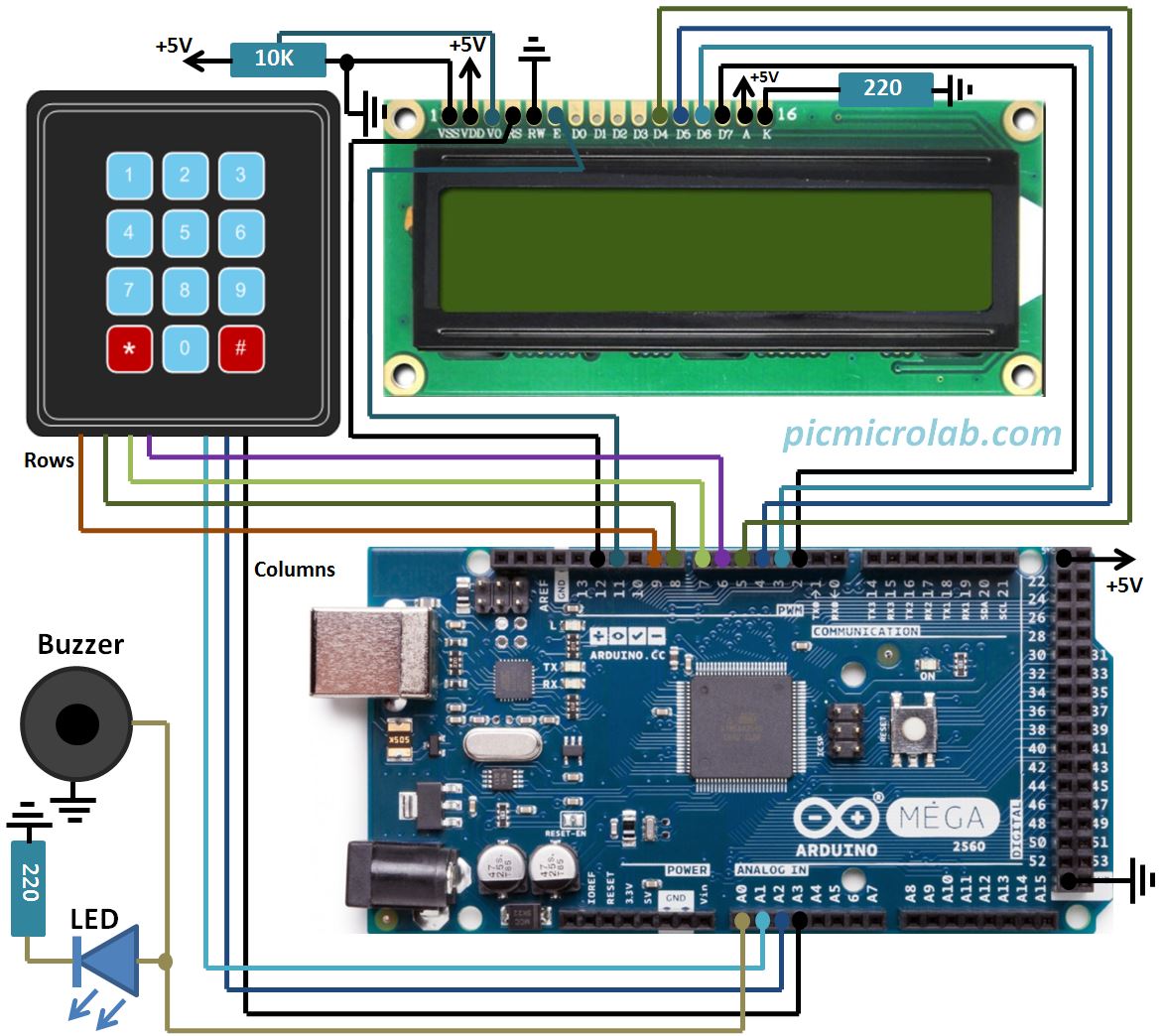

The code itself is not affected by an interrupt in the main program loop. The declared function cannot accept input values and cannot return values when it terminates. The execution of the function that is declared for execution at the interrupt signal starts. When an interrupt signal is received, work in the loop() is paused. How Interrupts are Handled in the Arduino

The processor immediately calls an interrupt handler, which captures the symbol in time. An external hardware device signals an interrupt. For example, with UART interrupts, you don’t have to keep track of every character coming in. Interrupts are helpful in Arduino programs because they help solve timing problems. Changing the signal from HIGH to LOW on the pin – when changing from a high signal to a low one, the interrupt handler will be executed.Changing the signal from LOW to HIGH on the pin – an interrupt handler will be executed when the signal changes from low to high.

The Arduino then executes an interrupt handler when there is a signal change on the interrupt pin. The interrupt handler is executed as long as there is a LOW signal on the interrupt pin. They all differ in the signal on the interrupt pin: The Arduino provides four types of hardware interruptions. Hardware interrupts occur in response to an external event and come from an external hardware device. Internal interrupts occur due to a change or disturbance in program execution (e.g., invalid address, invalid operation code, and others). They are used to trigger an interrupt handler. Are triggered within a program by special instruction. The event itself can occur at a productive moment from an external device – for example, pressing a button on the keyboard, moving a computer mouse, etc. Interrupts at the microprocessor architecture level. Interrupts in Arduino can be of several kinds: All this is the main difficulty of working with interrupts. We need to understand the circuitry, the principles of the connected devices, and how often an interrupt can be triggered, the peculiarities of its occurrence. All this happens automatically, so our task is to write an interrupt handler without breaking anything without making the processor too often distracted by us. The handler is a function we write ourselves and put there the code which should respond to the event.Īfter handling an ISR interrupt, the function finishes its work, and the processor happily returns to the interrupted activity – it continues to execute the code from where it left off. The processor has to react to this signal by interrupting the execution of the current instructions and passing the control to the Interrupt Service Routine (ISR) handler. An interrupt is a signal that tells the processor that an event has occurred and needs immediate attention.


 0 kommentar(er)
0 kommentar(er)
